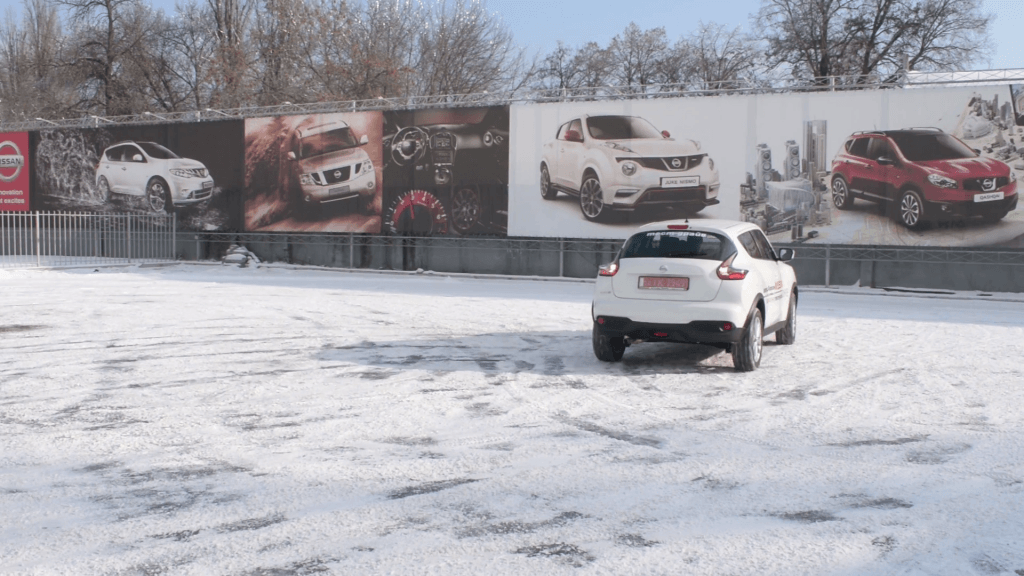No wonder cars are safer now than earlier. They have antilock brakes, backup cameras, radar collision detection, automatic parking, air bags, and more. So most of us assume that nothing can go wrong while driving, which is of course not true. But what next if something stops working suddenly or natural weather trouble happens? No matter how but an out-of-control car should stop safely. For this, you should know some reasonable ways to handle the car. And remember, getting nervous and being panic will be of no help. So, the first thing a driver must know is that always stay calm and alert while driving.
Contents
How to Stop an out-of-control Car in Different Scenarios
There will many different scenarios in which you need to control your car. Your life and car’s safety is important. Here are some of the common ones:
1. Brakes Fail
What if you need to slow down the car for a turn or you see a stopped car in front of you? But the moment you brake, nothing happens. This is because the car lost its brake fluid or there was too much wear and tear on the brakes.
In a manual transmission, use the clutch and switch to the lower gear and then the next lower one. You might not directly go to the first unless that is the only option left for you, as it will affect the transmission. In the automatic gear system, you only need to lower the gear. At last, use the emergency brake. Although, it does not work very well, yet it is the only way out. After this, the car comes to halt.
2. Unintentional Acceleration
Although, it rarely happens yet sometimes a car takes off like a rocket, unintentionally, leading to an accident. Usually, this is because of the manufacture’s defect so it may not necessarily happen to you. When this happens, make sure that the car’s accelerator works fine and is working properly. If it does, try to pull it back and subsequently, hit the brakes from your left leg. Even if the accelerator is not stuck, for an out-of-control car, switch to neutral and keep applying brakes unless it stops.
3. Bad Snowy Weather

The worst problem you may have in snowy weather is moving the car in first place. However, if you anyhow start the car the rules are similar to that for hydroplaning. In case you start skidding, try to drive on the straight road to get back the control. Do not even try going fast on the snowy roads. If you do not have antilock brakes, pump your brakes instead of scuffling them. In an automatic car, this happens automatically.
SEE MORE:
- How does a Radiator Cap Works? Symptoms of a Bad Radiator Cap
- 5 Wrong Ways to Drive in a Windy Weather
4. Rainy Weather

In rainy weather, the most dangerous is the oil that exists initially after the rain stops. The good news is it washes away as the rain starts again, but it is still quite risky to drive. If your car experiences too much water under the tires, it will lead to unbalancing it. Your brakes will not work in this condition. Try to keep your speed as low as possible and drive in a straight line. The car will surprise the way it comes in control in a few minutes.
For an out-of-control car, you must know certain driving tips in order to control it. As prevention is better than cure so goes for controlling an uncontrollable car. So learn some tips now.
Drive safely!




Do i have to stop and put my gear to 2 or low when traveling on a slop.